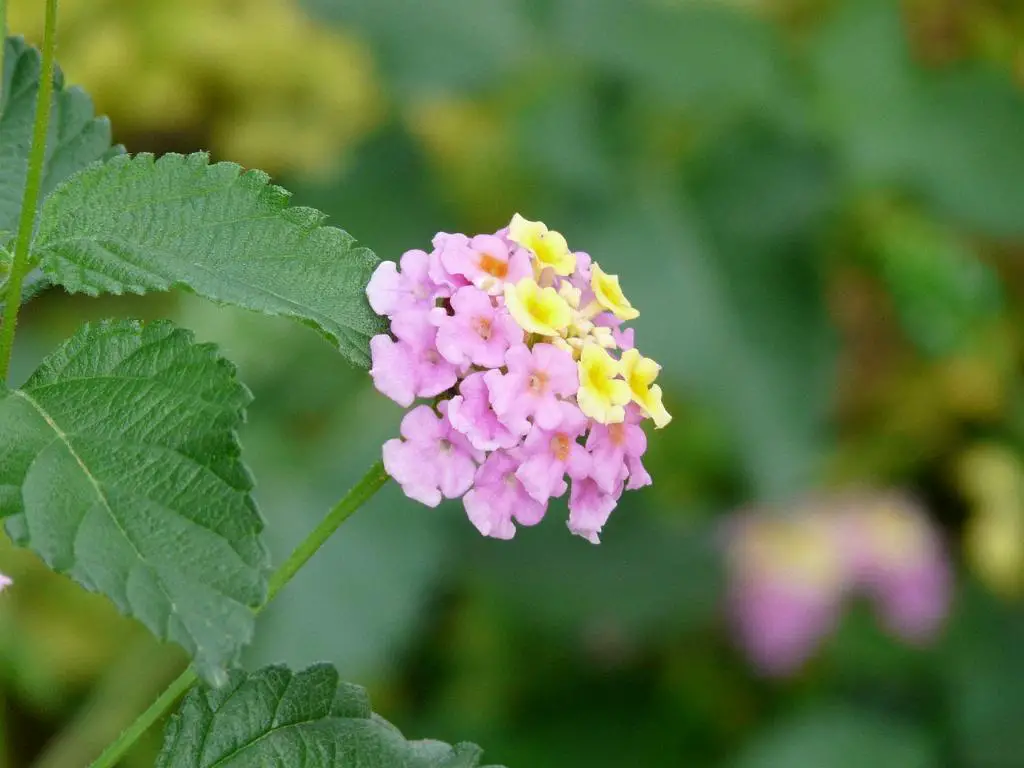If you’re looking to sprinkle some vibrant colors and textures into your garden, introducing lantana flowers might just do the trick. Known for their riot of colors, enduring blooms, and minimal maintenance requirements, lantanas can transform an ordinary garden into a spectacular showcase of colors. Originating from tropical regions of the Americas and Africa, these hardy plants come in various hues, including red, pink, yellow, orange, purple, and white, often combining multiple colors in a single cluster that looks like a tiny, living fireworks display. With their ability to attract butterflies and hummingbirds, lantanas not only enhance the visual appeal of your garden but also support local wildlife, creating a bustling, lively outdoor space.
Lantana Varieties: Colors and Patterns Galore
Oh, the variety! Lantanas are not a one-trick pony; they offer a palette of varieties each more striking than the last. From the ‘Bandana’ series known for its large flowers and vibrant colors to the ‘Little Lucky’ series that excels in pots due to its compact size, there’s a perfect lantana for every garden. Not to mention the trailing varieties like ‘Purple Trailing’ lantana that are perfect for hanging baskets. Each variety boasts a unique pattern, often mixing colors in dazzling arrays that provide constant visual interest with their gradient-like appeal.
Planting Lantana: Best Practices for a Flourishing Flower Bed
Getting lantana into your garden is straightforward and rewarding. For starters, these beauties thrive in well-draining soil as standing water could spell disaster. Plant them in the spring, once the menace of frost has passed, to give them a good growth kick-start. Find a sunny spot — lantanas are sun worshippers, after all — and space them about 12 to 18 inches apart to allow for ample growth. Whether in beds, borders, or containers, these adaptable plants are undemanding and sure to flourish with just a bit of care.
Optimal Growing Conditions for Lantana: Sunlight, Soil, and Water Needs
Lantanas are pretty low-maintenance, but every plant has its preferences. Full sun is non-negotiable for these flowers; the more, the merrier. Aim for at least six hours of direct sunlight daily, and you’ll be rewarded with the most vigorous growth and best blooming. When it comes to soil, they’re not too fussy, but poor, well-draining soil works best. Regular watering helps, especially during the warmest, driest months, but once established, lantana plants are quite drought-tolerant, making them a perfect candidate for xeriscaping or low-water gardens.
Caring for Lantana: Maintenance Tips for Healthy Growth
While lantanas are relatively low-care, a little TLC can go a long way in boosting their performance. Deadheading isn’t necessary since they are self-cleaning, which means they drop spent flowers and keep blooming, neat, right? However, a bit of pruning can help maintain shape and encourage denser growth. Moreover, applying a balanced, slow-release fertilizer in early spring can help promote vigorous growth and blooming but be careful not to overdo it—a little goes a long way!
Common Pests and Diseases Affecting Lantana Plants
Even the hardiest plants have their Achilles’ heel. For lantanas, it’s mostly issues like powdery mildew and sometimes botrytis blight when conditions are too damp. To prevent these, ensuring good air circulation around the plants is key. Pests like whiteflies and aphids can also be a nuisance; these can generally be managed with insecticidal soaps or oils. Keeping an eye on these common issues can help ensure that your lantanas stay as healthy and vibrant as intended.
Propagating Lantana: Techniques to Expand Your Colorful Display
Thinking about spreading the lantana love? Propagation by cuttings is the way to go. Simply snip off a healthy piece of stem about four to six inches long, strip off the lower leaves, and plant it in a pot with well-draining soil. Keep it moist and in indirect light, and roots should develop in a few weeks. This method not only saves you money but also helps you expand your floral display or share it with friends and neighbors.
Seasonal Lantana Care: Summer Thriving to Winterizing
From the heat of summer to the chill of winter, lantana care shifts slightly to adapt. During hot months, regular watering is crucial, particularly for potted plants. As autumn approaches, reduce the watering to prepare the plants for dormancy. In areas where winters are harsh, lantanas might need to be brought indoors or provided with a protective mulch layer to safeguard them against freezing temperatures. This way, they can bounce back beautifully when spring rolls around.
Lantana in Landscaping: Creative Ways to Incorporate These Flowers
Lantanas aren’t just for flower beds; their versatility in landscaping is limited only by your imagination. Their vibrant, clustered blooms make them excellent for adding pops of color to borders, and their drought tolerance makes them ideal for rock gardens. Trailing types are perfect for spilling out of hanging baskets or over walls, creating a waterfall of color. Integrating them among other drought-tolerant plants can produce an attractive, low-maintenance garden that thrives year-round.
Attracting Wildlife with Lantana: Birds and Butterflies Welcome
One of the joys of having lantanas in your garden is watching the flurry of activity they bring. These plants are like nature’s magnets for butterflies, hummingbirds, and even some bird species who feast on their nectar. The vibrant colors and plentiful supply of nectar make them irresistible to these visitors, turning your garden into a hub of wildlife activity and beauty, which can be quite a magical experience to observe daily. Planting lantanas not only makes your garden lovely but also contributes to the local ecosystem by supporting beneficial wildlife.

